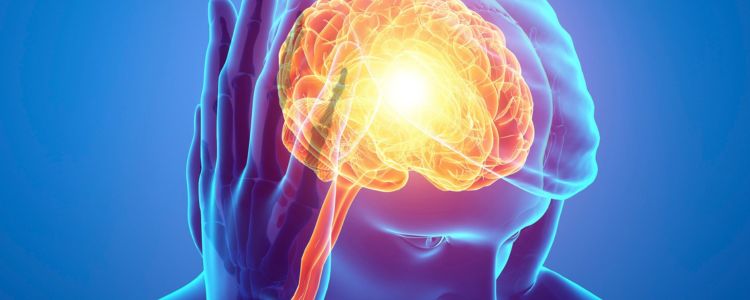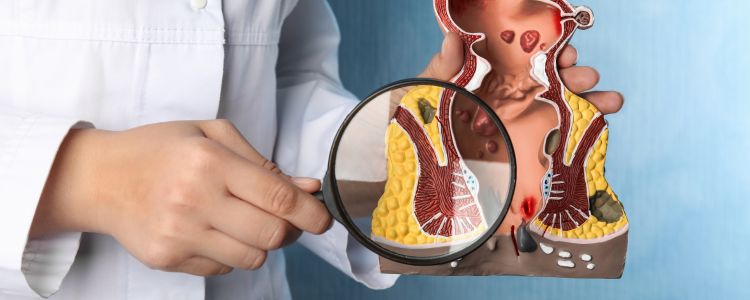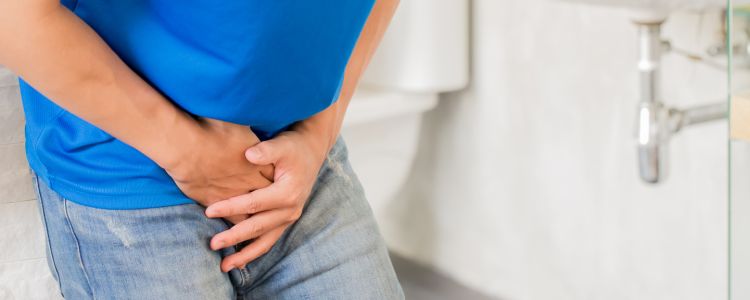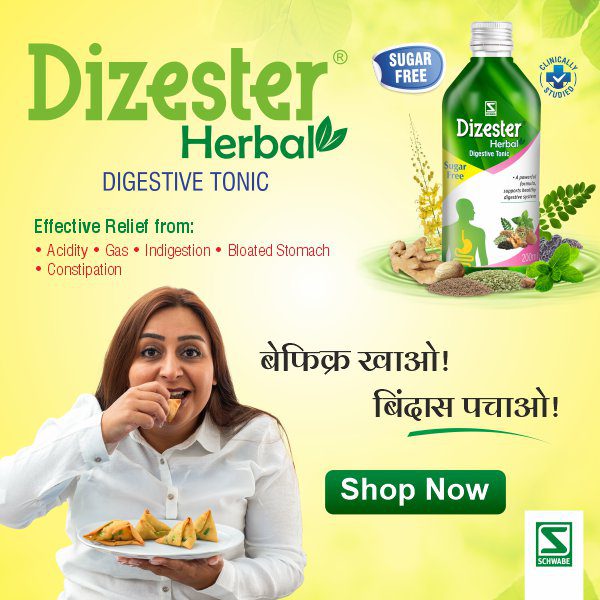
How Long Does Homoeopathy Typically Take To Treat Fistula?
- Dr. P T Ponmani
- No Comments

Table of Contents
ToggleAnal Fistula: The hidden wound and its way to healing safely
In the quiet corners of our lives, there are specific health problems we rarely discuss and mostly hide. Such conditions can cast long shadows on our overall well-being. One such condition is an anal fistula, a condition that is very painful and uncomfortable. It is physically painful and emotionally draining yet mostly remains hidden behind a veil of embarrassment or misinformation. The document you shared brings this topic to the forefront, unravelling the mystery surrounding fistulas and exploring how homoeopathy—a gentle, natural healing system—can offer significant relief and renewed hope, thereby bringing a sense of optimism and reassurance to those affected.
What is an Anal Fistula?
Imagine a tiny tunnel forming between your internal organs and the skin—a connection that shouldn’t exist. This is a fistula. Most commonly, it begins as a simple infection—a pus-filled abscess in the small glands located inside the anus. If this infection doesn’t heal correctly or if it recurs, it can form a permanent tract connecting the inner canal to the skin. The result? Discomfort, pain, and ongoing discharge—making even the simplest tasks, such as sitting or walking, uncomfortable.
How it Begins: Causes and Risk Factors
The journey to a fistula often begins with a blockage in those small anal glands, leading to infection. While anyone can be affected, certain factors heighten the risk:
- Anal abscesses—a starting point in about 50% of cases.
- Crohn’s disease and ulcerative colitis—chronic inflammation in the digestive tract that makes tissues more fragile.
- Infections like tuberculosis or sexually transmitted diseases.
- Trauma—either from injury or surgery near the anal area.
- Chronic constipation causes repeated strain and tissue damage.
These factors set the stage for that abnormal tunnel to form.
Also Read Healing Naturally: Can Homeopathy Really Cure Fistula
The Symptoms: More Than Just Pain
Anal fistula is not just a minor inconvenience—it is a chronic condition that can majorly impact every aspect of daily life. Symptoms often include:
- Persistent pain, especially when sitting or during bowel movements.
- Swelling and redness around the anus.
- Recurrent abscesses make the problem seem like it never really goes away.
- Constant or intermittent discharge of pus or blood—an unpleasant, often embarrassing issue.
- General feelings of fatigue or fever when the infection is active.
For many, these symptoms are more than just physical; they bring a sense of shame and isolation that can be as burdensome as the pain itself.
Traditional Treatment Approaches: The Surgical Option
Modern medicine typically recommends surgery as the go-to solution for fistulas. The most common procedures include:
- Fistulotomy—opening the tunnel to heal from the inside out.
- Seton placement—a surgical thread that helps drain the infection and allows gradual healing.
- Reconstructive surgeries—for complex or recurrent cases.
These methods can be effective, but they’re not without risks—especially when it comes to incontinence (loss of bowel control), which can happen if too much muscle is involved.
Homeopathy: A Gentle Alternative
The document devotes a significant portion of its space to the homoeopathic approach, which works in conjunction with the body’s natural healing processes. Homeopathy treats more than just the physical hole—it addresses the underlying causes and the whole person. Here’s what sets it apart:
- Non-surgical: Homeopathy aims to heal without cutting or removing tissue.
- Treats the root cause: Rather than just patching up the tunnel, remedies help the body address why it formed in the first place—whether it be an infection, low immunity, or chronic inflammation.
- No harmful side effects: Homoeopathic medicines are made from natural sources in minute doses, making them gentle enough for people of all ages.
- Prevents recurrence: Homoeopathy can help prevent fistulas from recurring by boosting the immune system and addressing the underlying causes.
- Individualised care: Since no two fistula cases are alike, homoeopathy customises care for each patient’s particular physical, mental, and emotional condition, ensuring that every patient feels heard and receives extra attention as they heal.
Healing Timeline: Patience is Key
Homoeopathy acts more gradually than surgery, which may provide instant (albeit occasionally transient) relief. The entire recovery process can take anywhere from six months to a year, depending on the pathological condition, the depth of the fistula tract, the severity of the symptoms, and the patient’s overall health.
Although it may seem overwhelming, it serves as a reminder that genuine, long-lasting healing requires time and patience. Because homoeopathy is safe and gentle, it promotes tissue repair and healing, naturally seals the abnormal opening, and lowers the chance of recurrence. It’s a process that requires patience, but it can lead to long-term relief, instilling a sense of hope and patience in those undergoing the treatment.
Homeopathic Remedies: Nature’s Arsenal
Several key remedies are beneficial in treating anal fistulas.
- They are effective in reducing chronic discharges and slow healing, hardened, inflamed tissue that won’t heal
- Discharge with burning pain.
The remedies are chosen and prescribed based on the specific details of the patient’s pain, discharge, and emotional state.
Also Read Leucorrhea: Causes, Symptoms & Homeopathic Treatment Options
Holistic Care: More Than Medicines
Healing in homoeopathy isn’t just about taking a few drops of medicine. The document also emphasised the role of lifestyle and self-care:
- Hygiene: Always keep the anal area clean and dry to reduce irritation and help heal.
- Diet: A high-fibre diet helps soften stools, reducing strain on the healing tissues.
- Warm baths (sitz baths): A simple practice that soothes pain and supports healing.
- Stress management: Recognising and addressing emotional triggers that might be linked to physical illness.
The Science Behind the Care
This article also included data from a study of 30 patients treated homoeopathy. The findings were encouraging:
- 87% showed significant improvement.
- Homoeopathy worked best when it started early before the fistula tract became too hardened or complex.
Although small-scale, this kind of research suggests that there are more chances of healing than just surgery. There is a gentle power in natural medicine, one that respects the body’s rhythms and the person’s entire experience.
Homoeopathy’s Perspective
Beyond the details of fistula treatment, this article highlights the importance of addressing these medical issues effectively. It enables us to see the whole person—their biology, mental state, despair, hopes, and inner strength—above fast fixes.
Whether it is an anal fistula or any other chronic illness, homoeopathy invites us to see symptoms as messages from the body. These messages, if we listen carefully, can guide us not only to relief but also to more profound and lasting healing.





























